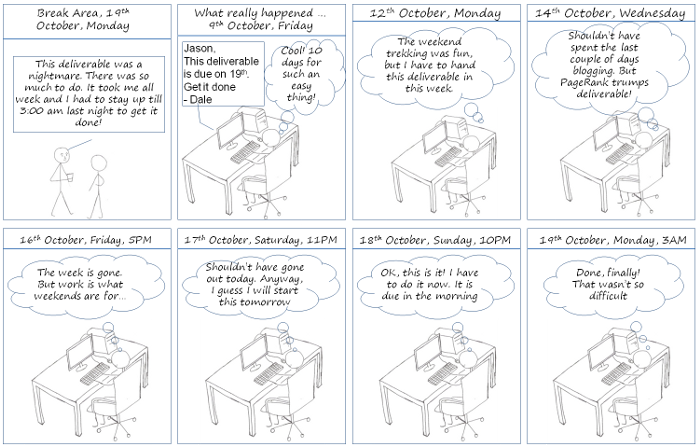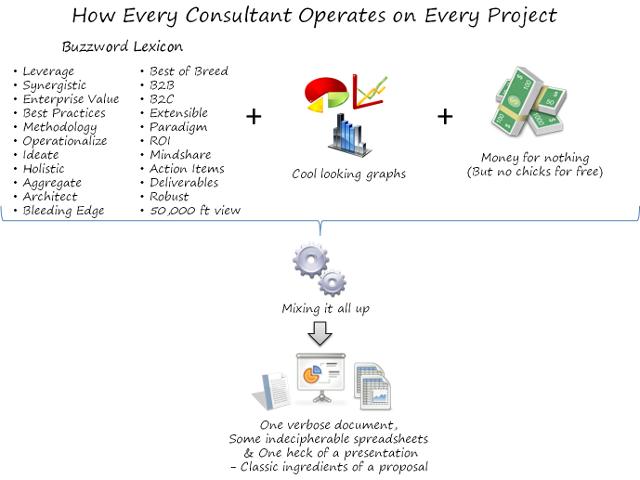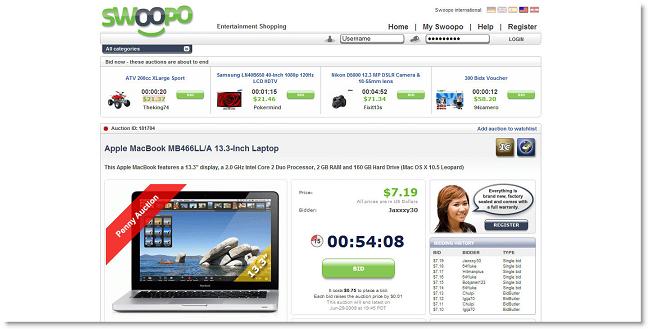I grew up in an era punctuated by the liberalization of the Indian economy and India’s subsequent ascension as a power in the world economy. During the years that I was an undergraduate my peer group was comprised of people from Indian upper middle class families. So most of us, while not really starved for means, weren’t exactly rolling in money either.
We used to start the semester with a wardrobe that stayed reasonably constant, unless we happened to venture to Palika Bazaar or SN Market during a weekend and spent a couple of hundred rupees getting ourselves some T-shirts. Occasionally when one of us had an expected or unexpected windfall we went to South Ex because the shops there were otherwise beyond our means.
Once we reached our final year, of course, we had to prepare for placement interviews. A typical firm doing a placement interview had 3 rounds: a preliminary CV screen, a written test and an in-person interview. Some firms did one of the first two, some substituted them with a group discussion, but all firms had an in-person interview.
Now, people had clothes for different occasions. There was the regular stuff that you would wear in the hostel and that could range from something that looked like a dirty rag to a half-decent T-shirt. Then there were clothes you wore to class and they were somewhat better, in the sense that they did have encounters with a bar of detergent once every few weeks.
Next came “date clothes”, which were essentially an assortment of clothes that you thought looked cool on you and you wore them on those special events where a girl was probably milking you for all your pocket-money’s worth. A lot of us didn’t have the need or the luxury to worry about date clothes though, because the prerequisite of having a girlfriend, real or purported, was never met. Nonetheless I could regale you with tales of some gentlemen, who would shave only on date days, thereby never letting their girlfriends form even casual acquaintances with their raging stubbles, but that is a tale for another day.
Last came the “Interview Clothes”. This was a tricky category. Some people were dead sure that they would go into academia after graduation, so they never bothered themselves with mundane matters like their appearance in an interview, and as a result they never had anything different or unique to wear for an interview (some such people didn’t even bother themselves with job interviews!). Some were certain they wouldn’t graduate in four years, so they too never bothered. But there were others who were very, very serious about job interviews. But even here you had groups. First came the people who made several attempts at interviews, but started getting dispirited after multiple failures. Such people typically paid attention to their appearance initially, then lost enthusiasm. Then came people who made it to the interview round of their dream jobs, and they, naturally, had to look their best.
So what really comprised the “Interview Clothes”, or more particularly, what was the “Interview Shirt”? In the most general sense, this was supposed to be one shirt that you wore once a semester, if not once during your entire four years in college. Shirts hardly ever strictly met this condition – in most cases you would end up wearing your interview shirt about 5-6 times a semester. Some people liked calling it their formal shirt, but they would have been the only ones calling it that. Some people simply reused their “date shirt”, if the date involved going to an upscale restaurant. Simply put, this was the one shirt you possessed that met all these criteria – long sleeves, cleanest of the lot and most importantly, hadn’t been worn after being last ironed.
Given the economic era we were in, a formal shirt would cost you equal to your entire semester’s tuition fees. You see, the market had been liberalized allowing consumerism to rise, but our families didn’t really fit into the category of the targeted consumers. Moreover our college hiked fees tenfold the year after we joined, making us the last batch to pay a total of around Rs. 8920/- (approximately US $255 those days) for four years of India’s best undergraduate education. So spending more on a shirt than you would spend on half a year’s fees was tantamount to sacrilege. Of course, some saw this as money well-spent and they not only had a designated “interview shirt”, but also had a suit or a blazer and a tie to go with it. Given the heat in Delhi, interviewers never actually expected you to wear a suit for an interview, but the people owning one felt obliged to wear it.
Wearing a suit absolved you of owning a decent “interview shirt”, because your shirt would essentially get covered by the layer above. But for people who preferred comfort during an interview, the shirt was mandatory. People were generally okay with wearing a long-sleeves shirt without lurid patterns, and which showed prominent creases from ironing. Checks were generally considered a no-no, and some people even excluded stripes from their consideration. Solids, particularly those in light colors were most welcome.
People who didn’t possess a shirt that met their own definition of an “interview shirt” usually borrowed one from a friend. Some people also wore ties to interviews, but the opening up of the Indian economy made sure that ties that were in vogue at the start of our education were considered passé by our fourth year. As kids we considered it fashionable to wear a tie in school with a four-in-hand knot, which we referred to as the single knot. Later we figured out that the formal way of wearing a tie was the Windsor knot (what we called the triple knot), or the somewhat less time-consuming half-Windsor knot (aka the double knot). Without intending to lace the statement with double-entendre, it wasn’t the length (of the tie) that mattered, but it was the thickness (of the knot).
Times have changed. In my first job the emphasis was on feeling comfortable, so wearing jeans and T-shirts to work was considered the in-thing. My second job being in consulting, the emphasis was on dressing “smart” (read Business Casual) for regular work and formally for client presentations. So my definitions have changed. What I revered as “interview shirts” during my college days is now a part of my everyday wear. But I still have interview shirts – plain, expensive, clean and well-ironed.








